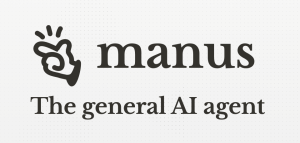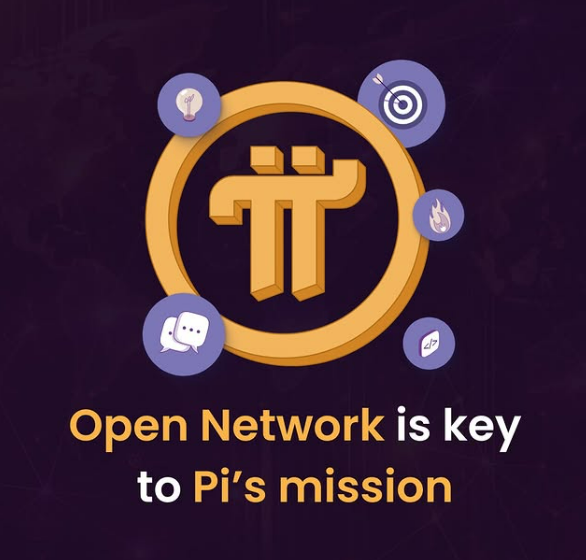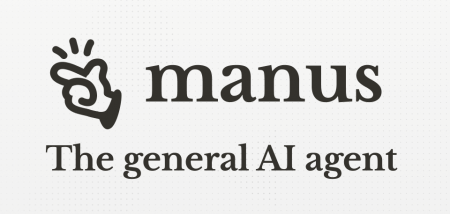The Pi Network finally threw open its doors to external trading at 8 am UTC on February 20th, 2025, after years and years of anticipation…
It effectively ended the “Enclosed Mainnet” phase which flagged off in December 2021. This shift marked a crucial turning point for millions of users worldwide, hailed as “Pioneers,” as it will allow the Pi coin to be traded on major exchanges. However, the long-awaited launch wasn’t without its fair share of drama, triggering extremely volatile and sharp price movements even as early enthusiasm gave way to swift sell-offs.
Even then, interest in the Pi Network remains extremely high, as it allows users to mine cryptocurrency on their own smartphones via an app, thus eliminating the need for energy-intensive hardware that’s required by other cryptocurrencies. Moreover, this upgrade also enables transactions beyond the Pi Network’s ecosystem, paving the way for potential exchange listings. Here’s a comprehensive look at what happened with the Pi Mainnet launch and what it means for the Pi coin and Pioneers going ahead.
The Mainnet Launch – and the Aftermath
The price of the Pi coin, which opened around USD 1.45, surged more than 35% within less than an hour of going live. That number surged to 45% soon, even as the Pi coin hit a price high of USD 2.10, clearly reflecting the growing interest and excitement of the market surrounding the entire shebang. In fact, trading volumes spiked more than a whopping 1,700% as speculation surrounding the launch ended up fuelling a buying frenzy.
However, the Pi coin had plunged to a low of USD 1.01 within hours, with its market capitalization falling to USD 7.02 billion. Despite the upward rally being short-lived and the speculative prices vastly overestimated, Pi Network enthusiasts are predicting a notable rally when the developers launch the functionality of decentralized applications (Dapps).
That being said, the availability of the Pi coin on centralized exchanges (CEXs) played a huge role in its price rally. Some of the major platforms like Bitget, BitMart, Gate.io, MEXC, Bybit, HTX, and OKX have already listed the token. However, Binance, the world’s biggest exchange, didn’t list the Pi coin immediately, taking a cautious approach instead. It launched a community poll, which closes on February 27th, 2025, and allows users to vote on whether this token should be added to the trading platform. Its outcome could impact the future price movements of the Pi coin significantly.
What Does The Pi Mainnet Launch Mean For Pioneers?
The transition from the enclosed to the open Mainnet marks an important moment for the Pioneers, introducing multiple significant changes. One of the most important features that Pioneers need to note is that they need to complete KYC verification to participate fully in the open Mainnet. This ensures a compliant and secure environment for all users. Next, Pioneers can now transfer Pi coins to all kinds of external wallets, thus not only facilitating real-world transactions but also ensuring integration with other blockchain platforms. Additionally, the open Mainnet now ensures that Pi coins can now be listed on major cryptocurrency exchanges.
This not only provides increased opportunities for trading Pi coin in the open markets but also increases its liquidity. Finally, thanks to the open status of the Pi network, developers can now deploy Dapps on the Pi blockchain. This allows for not only the expansion of the system but also allows Pioneers to use their Pi coins in many diverse ways.
But?
The open Mainnet launch is a major milestone, no doubt. However, given the nature of the cryptocurrency market, the launch does come with risks. Questions about actual engagement and user numbers aside, the circulation supply of Pi coins has doubled in the last year, with nearly 9.7 billion coins of the maximum supply of 100 billion coins already in circulation. The continued inflation could threaten the long-term value and give rise to stability concerns.
Moreover, one of the biggest reasons for the price crash of the Pi coin (it’s currently trading at USD 0.7) is due to early adopters rushing to cash out profits. Since Pi coins have been mined through a mobile-based system since 2019, millions of users have accumulated tons of coins sans spending any money per se. Now that the Pi coins are finally tradable, many long-time miners have rushed to rake in the money.
What Does the Future Hold?
Despite the short-lived rally and consequent price crash, analysts are still very optimistic about the Pi coin. With a potential Binance listing on the horizon, the real value of Pi coins lies in their long-term vision. After all, the Pi Network is more than just a cryptocurrency — it’s been designing an entire ecosystem of services, with more than 80 community-built applications.
With the network actively working towards real-world adoption and the momentum driving the community, the Pi coin is in a wait-and-watch mode, with the possibility of its fundamental value being even stronger ahead.
In case you missed:
- The Pi Network: IOUs, Coins, And The Network’s Future
- Pi Day 2025: What Awaits The Pi Network on March 14th?
- The Life of Pi Network – FAQs and Everything Else You Want To Know
- Everything you need to know about Pi Network
- A Beginner’s Guide to Cryptocurrency Trading in India – Part 2
- A Beginner’s Guide to Cryptocurrency Trading in India – Part 1
- Bitcoin Halving: Everything You Want to Know
- Memecoins: Scheme-Coins Or Valuable Digital Assets
- The Price Of Money: Can Cryptocurrency Go Green?
- Enterprise Network Transformation: Benefits and Challenges












